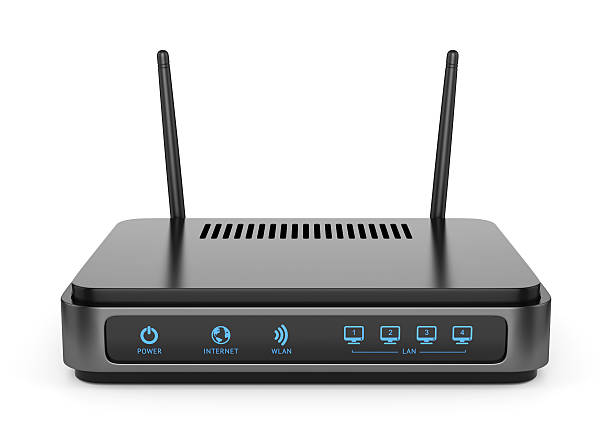1. Open your browser to the configuration page of your router
Your network-connected computer’s web browser can be used to access the setup page for your router. You can use an Ethernet cable to connect your computer directly to the router if you can’t access the Wi-Fi because you don’t know the password. The Wi-Fi password won’t be required thanks to this.
192.168.1.1, 192.168.0.1, 192.168.2.1, or 10.0.1.1 for Apple are typical router IP. Put this address into the address bar of your browser. If that doesn’t work, you can force your router to default settings by pressing and holding the Reset button for roughly 30 seconds. The default address for your router model can then be found and entered into your browser.
2. Enter your router’s username and password details
Before you can access the interface on a router, you must enter a username and password. Frequently, “admin” is used as the default username and “admin” or “password” as the default password. Naturally, this differs from model to model, so you should check your model online to find your precise login details. The default user name and password for the majority of D-Link routers are admin or blank.
You must press and hold the reset button on the router for around 30 seconds if you previously changed the login and then forgot it, or if you bought a used router and the previous owner didn’t reset it. By doing this, you can restore the settings to their original state and log in using the default login and password. Beware this will erase existing configuration data on the router.
3. Open the Wireless section
You must locate the Wireless portion of the configuration page after logging into your router. You are normally looking for a “Wireless” or “Wireless Settings/Setup” tab or button, though the actual term varies from manufacturer to manufacturer.
4. Change the password
Search for the “Password,” “Passphrase,” or “Shared Key” box. This area is where you may type in your new password. To be sure you typed the password correctly, some routers will request that you type it again.
Create a password that is challenging, if not impossible, to guess. It should not be personal in nature and should be liberally sprinkled with numbers, unusual cases, and special characters like “!”, “$,” and “#.” Typically, a strong password has at least 8 characters.
5. Set your security type
Wireless encryption comes in three primary flavors: WEP, WPA, and WPA2. Use WPA2 for the most secure network possible. However, if you experience difficulties connecting older devices, you can switch to WPA or WPA/WPA2. WEP encryption is not advised because it is fairly simple to crack.
6. Save your settings
Click the Apply or Save button once your new password has been updated. After the router has finished processing the modification, all connected devices will be cut off. Once your settings have been modified, you can use your new password to access your wireless network.

